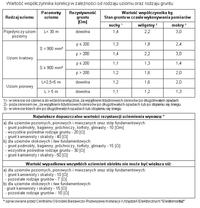Let us forget about the "last pole", because it is about the operational earthing in the TN network, made to ensure the correct operation of power devices in normal and disturbed conditions, and there is no mention of the protective function there.
However, let's take another look at exactly what is written in the standard:
Quote: PEN (PE) cables power lines should be connected with PE protective conductors electrical installations of consumers grounded through the main earthing bar of the structure and its earth electrode. The resistance of such earthing should not exceed 30?.
And at this point, it is clearly about the contact between the supply network and the receiving installation.
A colleague will admit that this conglomerate of words is not very fortunate, and even incorrect, as it can create a source of erroneous arguments for advocates of grounding the PEN breakpoint anytime, anywhere.
And the most important thing is that this grounding should have no more than 30 ?




